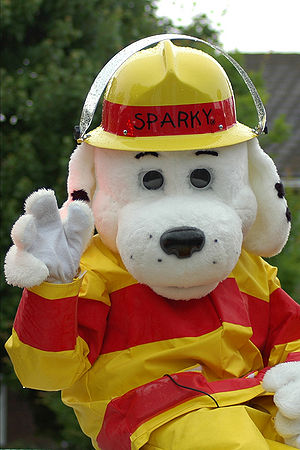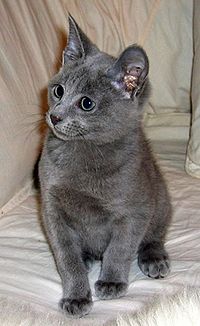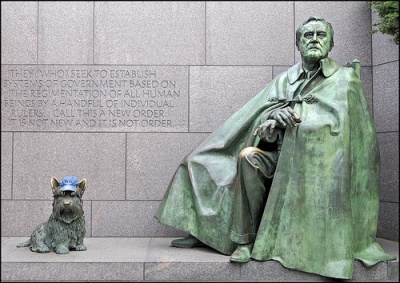The Molosser is an ancient group of dogs that includes several breeds. The Molosser’s origins are steeped in folklore along with some facts making it difficult to separate the two.
Molossers are considered to be the descendants from the same basic stock. The group as a whole are large, solidly built dogs with heavy bones, pendant-shaped ears, short muzzles and muscular necks. Molossers of today include a number of breeds such as Mastiffs, Great Danes, Anatolian Sheep Dogs, Bernese Mountain Dogs, Norwegian Elkhounds, Golden Retrievers, Rhodesian Ridgebacks, St. Bernards, Doberman Pinchers, Komondors, Rottweilers, Newfoundlands and more. Not everyone is in agreement about some of the breeds on the Molosser list.
In ancient Greece, a group of people called the Molossi lived in Epirus, an area in Northwestern Greece. Their dogs were used as shepherds, guarding flocks and homes. When the ancient tribes went off to war, their Molosser dogs accompanied them, fighting alongside the humans, protecting food supplies. Known for their fierceness, these dogs were loyal and brave.
Before coming to Greece, it is believed that Mastiffs could trace their beginnings to the Molossers and Tibetan Mastiffs are direct descendants of these ancient dogs.
There is a legend in Greek mythology about a dog named Laelaps. The mystical Greek god Zeus gave Laelaps to Europa who in turn gave him to Kephalos of Athens. It was believed that Laelaps was destined to always catch his prey. At the same time, there was a ferocious beast known as the Teumessean Fox causing havoc in the country. This fox was also predestined never to be caught. Zeus decided that since Laelaps was always supposed to catch his prey and the fox would never be caught, victory for one or the other was a useless quest. Zeus then turned them both to stone and placed them in the sky, creating the constellations, Canis Major and Canis Minor. But before Laelaps was turned to stone, he sired the race of Molosser dogs.
Civilization is thought to have begun about 3000 B.C. in Mesopotamia. A group of people known as Sumerians who were traders, raised pigs, sheep and goats and needed dogs to guard their flocks and homes. The Molossers fit the needs of the Sumerians, being brave, loyal, independent thinkers, highly intelligent and strong.
The color black was bred into some Molossers, those guarding homes, because the dark color would appear more frightening to predators and thieves and it was difficult to see the dogs at night. The dogs guarding flocks were bred white so that shepherds could tell the difference between the dogs and wolves. White dogs also blended well with the flocks, offering a disguise which fooled predators into believing the flocks were unprotected.
The dogs guarding home and property were larger, fiercer and more muscular than those protecting the flocks. These dogs were formidable, willing and able to fight any predator, human or animal. The flock dogs were used to chase intruders away, their lighter weight giving them more speed.
The common threads in all Molosser dogs are their courage, extreme family loyalty and their strength. Dogs in the Molosser group have been bred for years to become well-balanced, stable, faithful family pets. People wishing to share their lives with a Molosser breed should thoroughly research their choice and have the ability to handle a dog with this much power.



